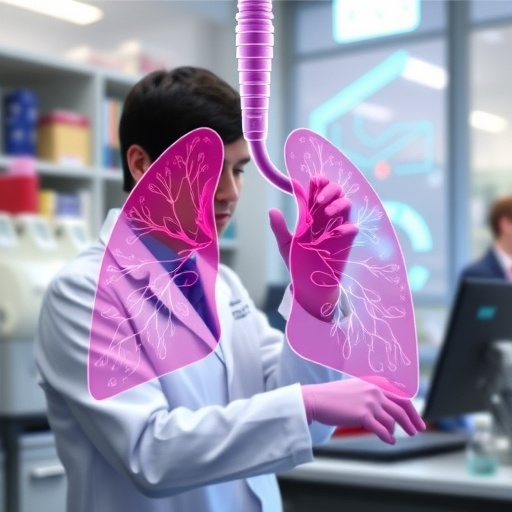MINNEAPOLIS, MN- November 07, 2018- University of Minnesota Medical School researchers seek to identify the relationship between insurance coverage and the mortality rate of patients transferred between hospitals.
Recently published in the Journal of General Internal Medicine Insurance Coverage Predicts Mortality in Patients Transferred Between Hospitals: a Cross-Sectional Study, found that patients without insurance are more likely to be transferred earlier in the process, more frequently from the emergency department, and had higher mortality. The study highlights the fact that while federal law prohibits unsafe transfers for financial reasons, the transfer of uninsured patients remains common and risky.
There are several possible reasons for these findings. "It could be that patients without insurance are presented late in their course of illness, and are more likely to have an emergent condition. Alternatively, it could be that the hospital does their initial mandated triage exam, identifies an emergent condition and transfers them for economic reasons," explained Michael Usher, MD, PhD, Assistant Professor of Medicine in the Division of General Internal Medicine, University of Minnesota Medical School.
This study suggests that the Emergency Medical Treatment and Labor Act is not sufficient to protect uninsured patients, since it does not address the underlying problem. Furthermore, the study demonstrates an important way that reducing the rate of uninsured has the potential to reduce total healthcare costs and improve patient safety: by reducing the need to transfer patients.
"This highlights the fact that having uninsured patients just doesn't make sense: the cost of care remains even if it gets pushed around, and uninsured patients experience real harm," said Usher.
Dr. Usher's hope is that these findings will produce results that lower risk factors for patients and provide equitable health coverage for all. Moving forward, Dr. Usher hopes to continue to work on improving the safety of transfers as well as focus on the impact of fragmentation of these vulnerable patients.
###
About the University of Minnesota Medical School:
The University of Minnesota Medical School is at the forefront of learning and discovery, transforming medical care and educating the next generation of physicians. Our graduates and faculty produce high-impact biomedical research and advance the practice of medicine. Visit med.umn.edu to learn how the University of Minnesota is innovating all aspects of medicine.
Media Contact
Krystle Barbour
[email protected]
612-626-2767
@umnmedschool
https://www.med.umn.edu/



